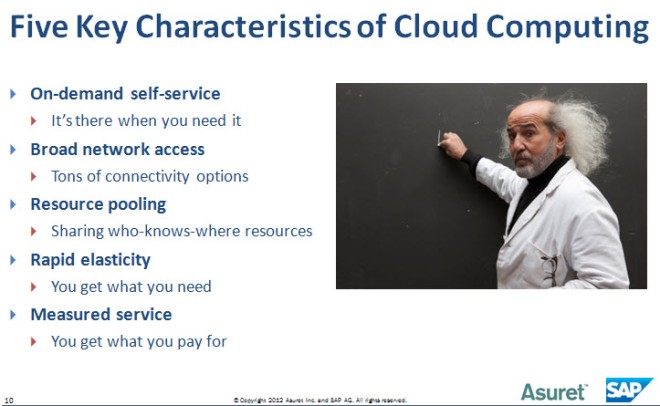I must admit, it’s kind of strange not being part of the festivities in Orlando this week since I’m no longer with SAP.
I didn’t wake up early enough to catch all of Bill McDermott’s opening keynote, but reviewing announcements gives a pretty good idea where SAP is heading this year. This is interesting to hear given the recent departure of SAP HANA’s executive sponsor, former CTO Vishal Sikka.








